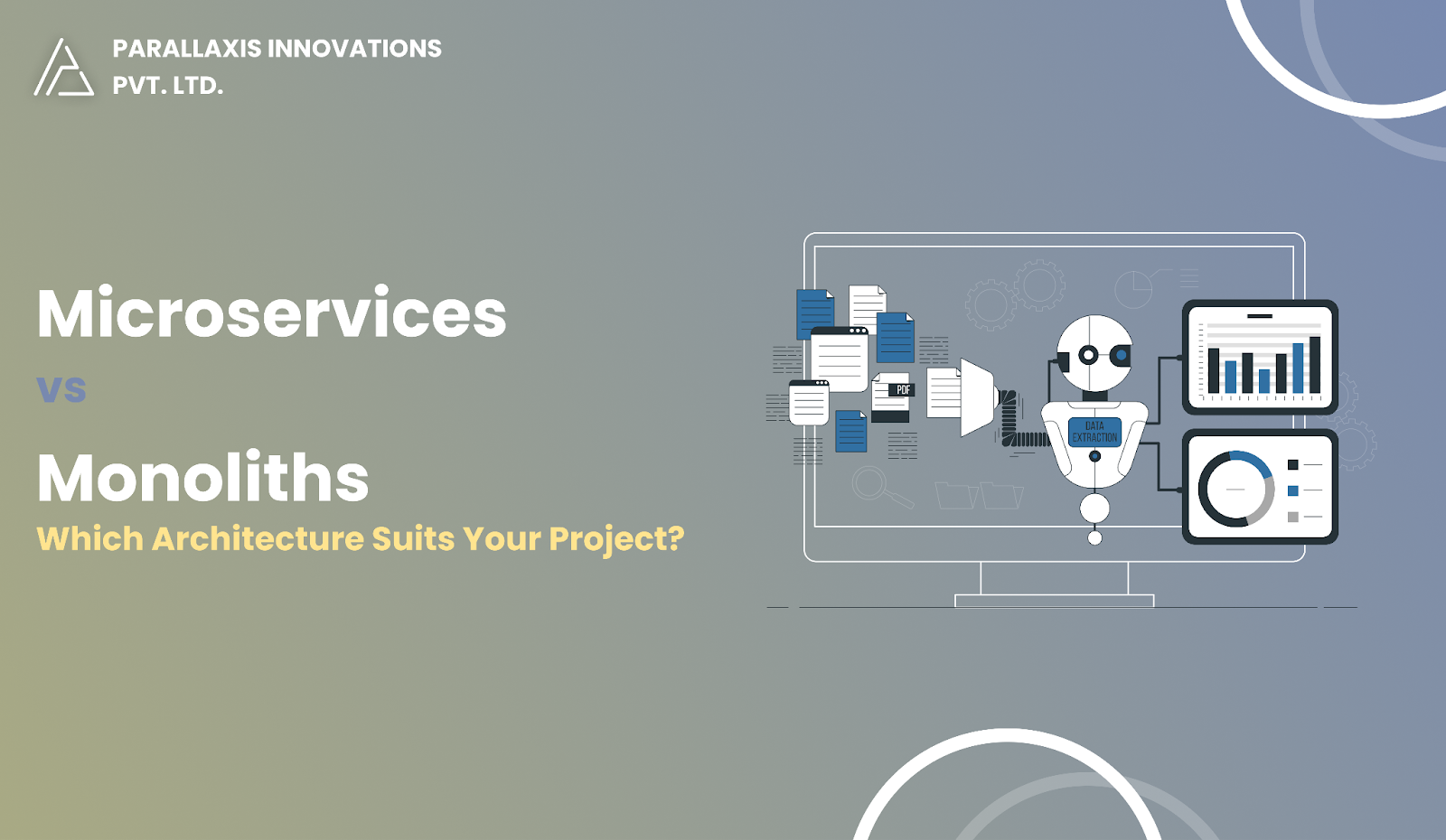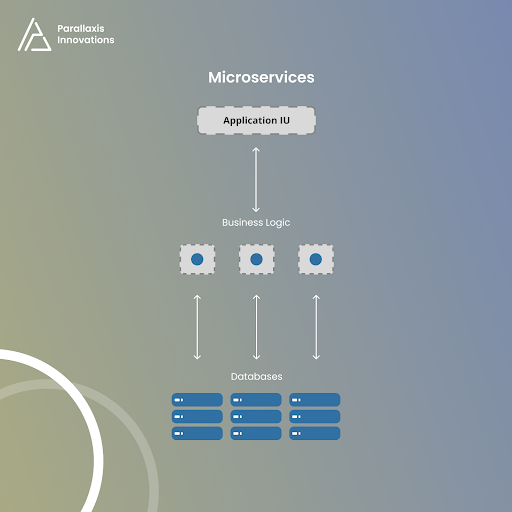Innovations
When you're building a new app, one big decision is how to organize your code. There are two popular ways to do this: monolithic architecture and ...

When you're building a new app, one big decision is how to organize your code. There are two popular ways to do this: monolithic architecture and microservices architecture.
Each has good and bad points. The best choice depends on your app's size, your team, and how much you expect it to grow. Let’s make it simple and easy to understand.
In a monolithic (mono-lith-ic) architecture, your entire app is built as one big piece. The user interface, the logic (how things work), and the database are all together in one place. When you make a change or run the app, it all works as a single unit.
Simple to build and test – It’s easier to start with.
Fast performance – Everything runs inside one system, so it’s quicker.
Easier to manage – Good for small teams.
Hard to scale – You can’t grow just one part of the app; you have to grow everything together.
Tightly connected – If you change one part, it might affect the whole app.
Slow updates – Even a small change means redeploying the entire app.
Becomes complex – As your app grows, it’s harder to maintain.
In a microservices architecture, the app is broken into many small parts, and each part does a specific job (like login, search, or payments). These parts, called services, work independently and talk to each other using APIs (like sending messages).
Grow only what you need – You can scale just one service if needed.
Faster updates – Teams can work on different parts at the same time.
More flexibility – Each service can use different tools or languages.
Better safety – If one service fails, the rest of the app still works.
More complex – There are many parts to manage.
Needs DevOps – You need tools and skills to manage services, updates, and errors.
Harder data sharing – Services may need to share data, which adds challenges.

Choose Monolith If:
You’re building a prototype or simple app.
You have a small team.
You want to launch fast.
You don’t expect the app to grow a lot.
Examples: Personal apps, small business websites, internal company tools.
Your app needs to support many users or has many features.
You plan to grow quickly and release features often.
You have multiple teams working on different parts.
You want freedom in choosing different tools or technologies.
Examples: Online shopping websites, streaming platforms, large SaaS apps.

Yes! Many companies start with a monolithic app and later break it into microservices as they grow. You don’t need to choose microservices from day one.
➡ Pro Tip: Even if you build a monolith, organize your code in separate modules (parts) so it's easier to split them into services later.
There’s no “best” architecture for every app. It depends on:
How big your team is
How fast you need to launch
How much your app will grow
Start with what makes sense now, and plan for the future. Monoliths are great for getting started, and microservices help as you grow.
Choosing the right structure will save time, reduce stress, and help your app succeed in the long run.